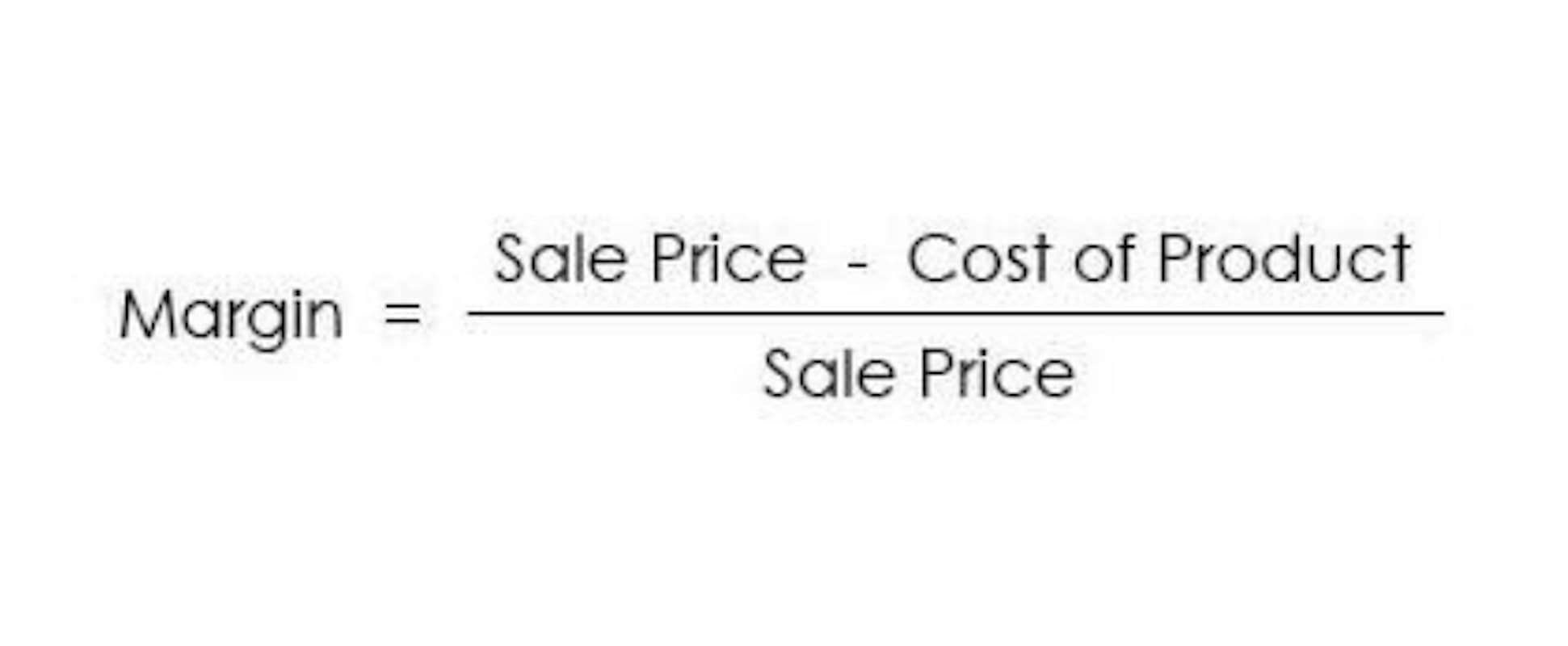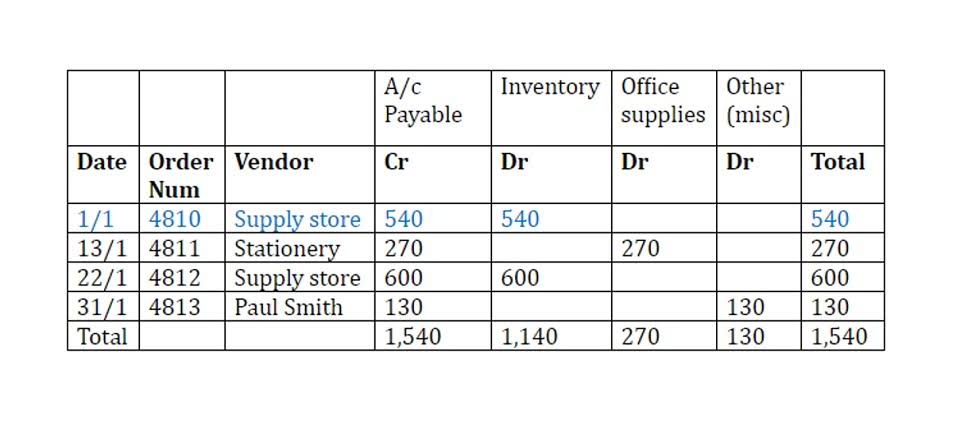
I nuovi giocatori scoprono il Plinko per la sua semplicità unica.
These profits are reinvested back into the business for operations, expansion, or debt reduction. Net income increases retained earnings, while dividend payments decrease them. Total equity is comprised of several key accounts that reflect different aspects of owners’ investment and accumulated earnings.
Total Capital: What Is It, Calculation, Importance & Interpretation

Common headings for this section include “Stockholders’ Equity,” “Shareholders’ Equity,” or “Owners’ Equity,” depending on the company’s legal structure. Within this section, individual line items like Common Stock, Preferred Stock, Retained Earnings, and Treasury Stock are often listed. The total equity figure is the consolidated sum of these individual components. Identifying this section allows a quick visual assessment of the ownership stake in the company.
How do industry standards and variations affect the interpretation of D/E ratios?
The shareholders equity ratio measures the proportion of a company’s total equity to its total assets on its balance sheet. Making informed decisions is essential for investors looking to maximize their returns and manage risks effectively. By leveraging the equity accounting formula, you can better understand a company’s financial health, which is vital for strategic planning and risk assessment. Accurate equity calculations help you evaluate performance metrics, allowing for better financial forecasting and the development of sound investment strategies. Total equity represents the cornerstone of a company’s financial standing, reflecting the owners’ residual interest in its assets after deducting liabilities. At its core, total equity refers to the ownership interest in a company.

What are the different components of total debt in D/E analysis?
SE is a number that stock investors and analysts look at when they’re evaluating a company’s overall financial health. It helps them to judge the quality of the company’s financial ratios, providing them with the tools to make better investment decisions. Treasury Stock refers to shares of a company’s own stock repurchased from the open market. Companies may buy back shares to reduce outstanding shares, which can increase earnings per share, or for employee stock options. Treasury stock is a contra-equity account, reducing the total shareholder equity Legal E-Billing figure on the balance sheet.
What Is Total Equity? Definition and Components
Total equity goes up as more investors join in, meaning more ownership and faith in the business. Investors sometimes use the Price-to-Book Value ratio to see if a stock is priced right compared to its net assets per share. It is interesting to note that the components of total equity can vary significantly from one company to another, depending on factors such as industry, size, and financial strategies. Therefore, it is crucial to carefully analyze and interpret the components of total equity in the context of each specific company. Once you finish these steps, you will have an understanding of all the company’s assets. Investors and creditors can use equity to gauge the company’s ability to pay off debts, short-term and long-term.
Common Stock and Additional Paid-In Capital (APIC)
It helps investors understand the company’s financial health and is a primary factor in various financial ratios, including Return on Equity (ROE) and Debt to Equity Ratio (D/E). In finance, equity is the market value of the assets owned by shareholders after all debts have been paid off. In accounting, equity refers to the book value of stockholders’ equity on the balance sheet, which is equal to assets minus liabilities. The term, “equity”, in finance and accounting comes with the concept of fair and equal treatment to all shareholders of a business on a pro-rata basis. When making investment decisions, the average total equity is a valuable indicator of a https://mes-tendances.com/purchases-journal-and-purchases-ledger/ company’s financial resilience and long-term value creation potential.
- For example, an increase in liabilities may be offset by a significant increase in revenue or assets, resulting in a positive impact on equity.
- At its core, total equity refers to the ownership interest in a company.
- Some call this value «brand equity,» which measures the value of a brand relative to a generic or store-brand version of a product.
- These companies are typically seen as more stable and less likely to face solvency issues.
- The debt to equity ratio focuses on the relationship between debt and equity, whereas the equity to asset ratio focuses on the proportion of assets financed by equity.
- Common stock, a primary component, represents the par value of shares issued to investors, reflecting initial capital contributed by shareholders.
David is comprehensively experienced in many facets of financial and legal research and publishing. As an Investopedia fact checker since 2020, he has validated over 1,100 articles on a wide range of financial and investment topics. There is also such a thing as negative brand equity, which is when people will pay more for a generic or store-brand product than they will for a particular brand name. Negative brand equity is rare and can occur because of bad publicity, such as a product recall or a disaster. Get instant access to video lessons taught by experienced investment bankers.

Common Misunderstandings about the Equity Equation
- Revenue represents the company’s sales or income, while equity reflects the ownership interest in the company.
- Total equity, often referred to as shareholders’ equity or stockholders’ equity, is a measure of a company’s net value.
- The company also reported an accumulated other comprehensive loss of $7.2 billion.
- Still, shareholder equity alone is not a definitive indicator of a company’s well-being.
It’s also worth noting that Warren Buffett’s Berkshire Hathaway has had consistent total equity growth thanks to its strategies and investments. If there is more equity than liabilities, it means the company is more capable formula for total equity of dealing with bad times. But if the equity is low or negative, it may not be able to repay debts. Retained earnings also fund things like research, capital investments, or debt repayments. This lets companies stay competitive and give shareholders higher returns in the future. They had been doing well for years, but then the market shifted and they had to deal with more competition and higher marketing costs.